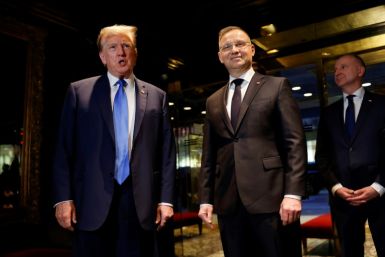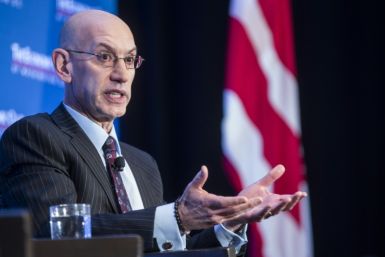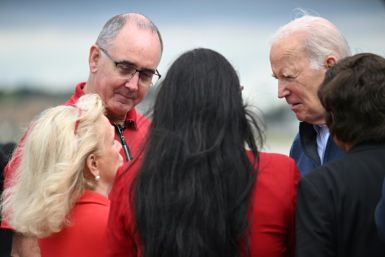Analysis shows No Jab, No Pay policy is working in Australia

A new analysis shows a total of 198,056 children across Australia have complied with their immunisation requirements since the government’s No Jab, No Pay policy has been put into practice. However, some parts of Queensland are still the worst hotspots in the country for non-immunisation.
An analysis of official figures by the Courier-Mail indicates that nearly 200,000 children were immunised in 2016 under the No Jab, No Pay policy. Since the policy was implemented on Jan. 1, 2016, the number of fully immunised five-year-olds has risen to 93.19 percent last year from 92.59 percent in 2015.
Health Minister Greg Hunt said he is happy to see an increase of parents who opt to have their kids immunised. He believes that the policy is beneficial in protecting tots against gruesome diseases.
“I am delighted to see an increase in parents who are having their children immunised. We are doing all that we can to encourage parents to immunise their children,” Hunt said. The health minister claimed that the latest data is proof that the No Jab, No Pay policy is efficient.
But the analysis has also found that 142,793 have failed to comply with their immunisation requirements. This has resulted to a loss of payments to their parents under the aforementioned policy.
According to the Courier-Mail, the Gold Coast hinterland is the most non-immunised area in Land Down Under. Only 78.43 percent of five-year-olds have met their immunisation requirements so far. Beaudesert is the second most non-immunised spot, with 80.56 percent.
Hunt clarified that although the No Jab, No Pay policy is aimed at guaranteeing the health standards of the general community, it does not prevent parents from exercising their right to decide whether or not they will have their kids vaccinated. Other areas that have low vaccination coverage are Noosa with 85.22 percent, Logan-Carbrook with 88.34 percent, and Coolangatta with 88.36 percent.
The Social Services Legislation Amendment Act 2015, better known as the No Jab, No Pay policy, is a legislation that removes the privileges of parents who do not follow the Australian Childhood Immunisation Schedule to claim any child-care subsidies. The legislation was passed in November 2015 and gives a 63-day grace period to start a catch-up program before benefits are cancelled. Per avn.org.au, the government provides exemptions to the vaccination requirement under the new law, which are medical exemption, natural immunity or undergoing an approved catch-up schedule.






